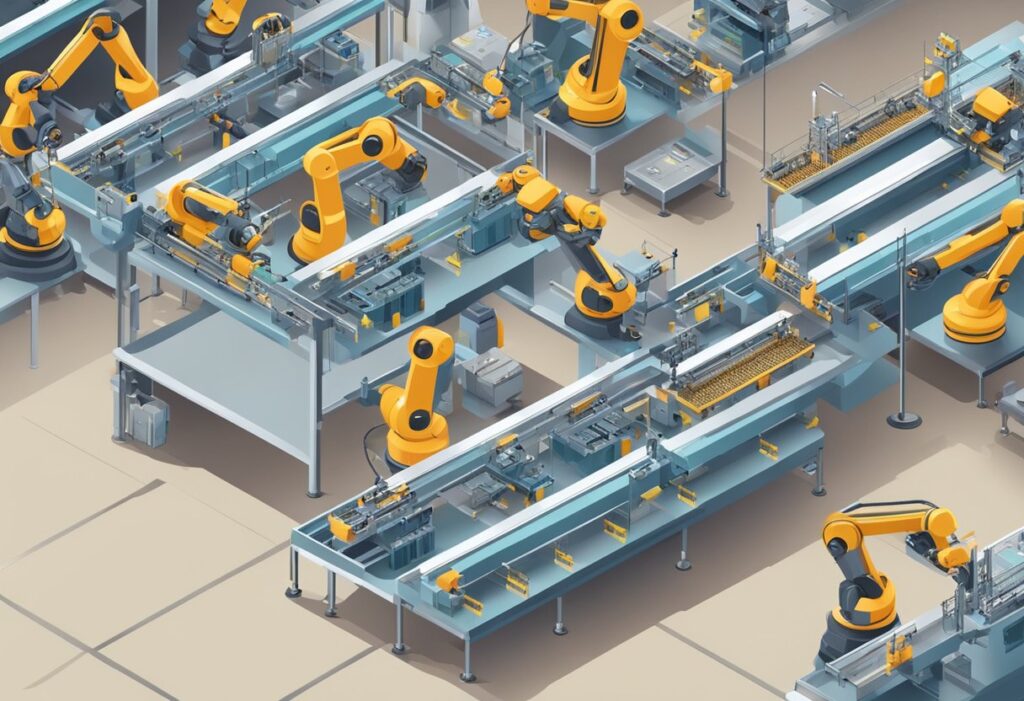How AI is Revolutionizing Carbon Footprint Tracking in Business

In today’s world, businesses are increasingly aware of their carbon footprints and the need to reduce them. The advent of Artificial Intelligence (AI) has significantly enhanced the ability of companies to track and reduce their carbon emissions with unprecedented accuracy. This article delves into the myriad ways AI is transforming carbon footprint tracking in business, highlighting case studies, best practices, practical tips, and examples.
The Benefits of AI in Carbon Footprint Tracking
Accuracy and Precision
AI algorithms can analyze vast amounts of data with remarkable accuracy, allowing businesses to track their carbon footprints more precisely than ever before. Machine learning models can predict emissions from various business activities, leading to better-informed decisions and more effective carbon management strategies.
Real-time Monitoring
One of the most significant advantages of AI is its ability to provide real-time monitoring. By integrating IoT sensors with AI, businesses can continuously track carbon emissions, enabling instant data analysis and timely interventions. This continuous monitoring is crucial for maintaining regulatory compliance and achieving sustainability goals.
Predictive Analytics
AI’s predictive capabilities are another game-changer. By analyzing historical data, AI can predict future carbon emissions, helping businesses to plan strategically and implement proactive measures to reduce their environmental impact. Predictive models are essential tools for long-term sustainability planning.
Automation and Efficiency
AI can automate many of the time-consuming processes involved in carbon footprint tracking. From data collection to analysis and reporting, AI-driven systems streamline operations, freeing up resources and increasing efficiency. Automated reporting systems ensure businesses remain compliant with environmental regulations with minimal manual intervention.
Case Studies
Google has implemented AI to optimize energy usage in its data centers. Through advanced machine learning algorithms, Google has managed to reduce the energy consumption for cooling by 40%. This significant reduction showcases the potential of AI in driving energy efficiency and reducing carbon footprints in large-scale operations.
Microsoft
Microsoft has developed an AI-powered sustainability calculator for its Azure customers. This tool helps businesses understand and reduce their carbon footprints by providing detailed insights into their emissions. Microsoft’s initiative demonstrates the practical application of AI in empowering businesses to take actionable steps towards sustainability. Learn more about Microsoft’s climate initiatives here.
Walmart
Walmart leverages AI to optimize its supply chain, resulting in significant reductions in logistics-related carbon emissions. By using AI-driven analytics, Walmart can better manage its inventory and transportation routes, thus minimizing its environmental impact. This case study highlights how AI can enhance operational efficiency and sustainability in retail.
Best Practices for Implementing AI in Carbon Footprint Tracking
Integration of AI with Existing Systems
To maximize the benefits of AI, it is crucial to ensure that AI tools are compatible with existing business infrastructure. This integration allows for seamless data flow and improved efficiency. For example, integrating AI with Enterprise Resource Planning (ERP) systems can provide a holistic view of a company’s environmental impact.
Data Quality Management
High-quality, accurate data is essential for effective AI modeling. Businesses must prioritize regular data audits and cleaning practices to maintain data integrity. Reliable data ensures that AI models can make precise predictions and recommendations.
Employee Training
Training employees to use AI tools effectively is vital for successful implementation. Conducting workshops and continuous learning programs can help staff understand the benefits of AI and how to leverage these tools for better environmental outcomes.
Practical Tips for Businesses
Start Small
Begin with pilot projects to test AI solutions before scaling them across the entire organization. This approach allows businesses to identify potential challenges and make necessary adjustments. For example, a company might implement AI in a single department before a full-scale rollout.
Collaborate with Experts
Partnering with AI specialists and sustainability experts can provide valuable insights and support during implementation. Consulting firms with expertise in AI can assist businesses in developing and deploying customized solutions.
Leverage Cloud Solutions
Using cloud-based AI services offers scalability and flexibility, making it easier for businesses to manage their carbon footprint tracking. Platforms like Google Cloud AI and Microsoft Azure AI provide powerful tools that can be tailored to specific business needs.
Examples of AI Tools and Platforms
Google Cloud AI
Google Cloud AI offers a range of tools for machine learning and AI-driven analytics. These tools can help businesses analyze their carbon footprints and develop strategies for reduction. Explore Google Cloud AI.
IBM Watson
IBM Watson provides AI solutions tailored for environmental sustainability. Businesses can use these tools to monitor and reduce their carbon emissions effectively. Discover IBM Watson AI.
Microsoft Azure AI
Microsoft Azure AI offers specialized tools for carbon footprint tracking, empowering businesses to understand and mitigate their environmental impact. Learn about Microsoft Azure AI.
Conclusion
AI is revolutionizing carbon footprint tracking in business, offering unprecedented accuracy, real-time monitoring, predictive analytics, and automation. By integrating AI with existing systems, managing data quality, and training employees, businesses can significantly enhance their sustainability efforts. The practical tips and best practices outlined in this article provide a roadmap for leveraging AI to achieve environmental goals.





